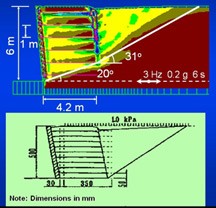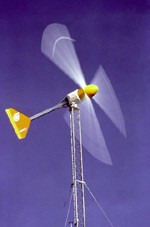
Research
New Graduate Assistant positions available - APPLY TODAY!
Faculty research interests cover a broad spectrum of geotechnical and geo-environmental engineering. Current research areas include constitutive modeling, soil-structure interaction, consolidation, behavior of shallow and deep foundations, laboratory and in-situ testing of soils, bridge approach settlement, resilient modulus, soil stabilization and soil aggregate pavement materials, dispersive and swelling clays, pore collapse in unconsolidated and poorly consolidated reservoir rocks, ground surface subsidence and mine collapse, pavement dynamics including vehicle-guideway interaction and non-destructive testing, slope stability, seepage flow through porous media, soil liquefaction, application of numerical methods to complex geotechnical engineering, rock mechanics and mining problems, static and seismic design of landfills, applications of geosynthetics in geotechnical and transportation engineering, physico-chemical behavior of soils governing the migration of pollutants through soils, centrifuge modeling and soil behavior including saturated and unsaturated soils.
Current and Recent Research Projects
Current and recent research projects involving members of the geotechnical and geo-environmental faculty include:
• Causes and remedies of bridge approach settlement
• Characterization of ground subsidence and mine collapse
• Laboratory testing and constitutive modeling of cohesionless
soil with emphasis on modeling of dilatant behavior
• Resilient modulus of base and subgrade material
• Soil liquefaction including soil-structure interaction effects
• Pore collapse in unconsolidated and poorly consolidated reservoir rocks
• Use of fly ash in soil stabilization
• Soil stabilization with cement kiln dust
• Soft railroad subgrade soil behavior under repeated load applications
• Electrical properties of soil in the radio frequency domain
• Behavior of piles in overconsolidated and unsaturated clay
• Use of in-situ tests for foundation design
• Centrifuge and finite element modeling of dynamic behavior of
rock dike retaining structures
• Centrifuge modeling of pollution transport processes through soil
• Centrifuge modeling of unsaturated soil embankments
• Constitutive and numerical modeling of unsaturated soils under
static and dynamic loading
• Prediction of strength properties of partially saturated soils
using cone penetration tests
• Static and seismic analysis and design of reinforced soil
structures (e.g. MSE walls and embankments) and foundations
• Airport pavement management
• Use of helical anchors for anchoring small wind turbines in
high plasticity clay subject to a fluctuating water table
• Surface area and fine-grained soil behavior (EGME total ssa
method; BET Monosorb external ssa method PDF)
• Carbonate content of fine-grained soils (equipment and procedure PDF)




